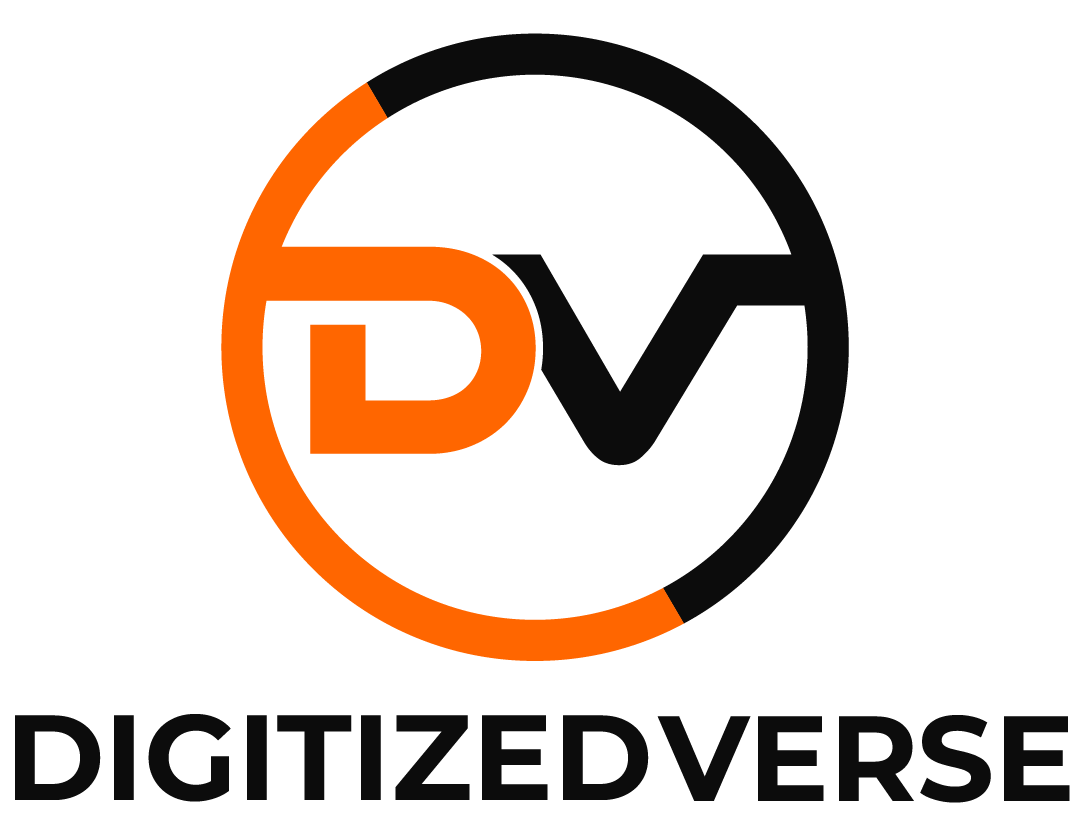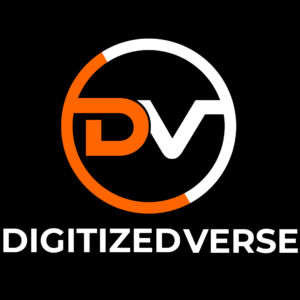Landing Page Builder
A landing page is crucial for digital marketing success, capturing attention and converting visitors into leads or customers. With many landing page builder options available, this guide helps you choose the perfect one for your needs.
1. Top Landing Page Builders in 2024
Let’s explore some of the top landing page builders available in 2024:
1.1. GemPages
GemPages is known for its robust features and flexibility. It offers:
- Drag-and-Drop Editor: Create professional pages without coding.
- Dynamic Text Replacement: Customize text to match ad keywords.
- Advanced A/B Testing: Test multiple variants to optimize performance.
1.2. GoHighLevel
GoHighLevel is user-friendly and ideal for beginners. Key features include:
- Template Library: Hundreds of customizable templates.
- Lead Capture Forms: Built-in forms for capturing visitor information.
- Integrated Payments: Accept payments directly on your landing pages.
1.3. Instapage
Instapage focuses on conversion optimization. It offers:
- Personalization: Dynamic content based on user behavior.
- Collaboration Tools: Team collaboration and feedback features.
- Heatmaps: Visualize user interactions on your pages.
1.4. ClickFunnels
ClickFunnels is designed for sales funnels. It provides:
- Funnel Builder: Create entire sales funnels from start to finish.
- One-Click Upsells: Easily add upsell pages to your funnel.
- Membership Sites: Build membership sites with gated content.
1.5. HubSpot Landing Pages
HubSpot offers an all-in-one marketing platform. Its landing page builder includes:
- CRM Integration: Seamlessly integrates with HubSpot’s CRM.
- Smart Content: Personalize content based on visitor data.
- Built-In Analytics: Track and analyze page performance within the platform.
2. Understanding the Importance of a Landing Page
A landing page is a standalone web page created specifically for a marketing or advertising campaign. It’s where a visitor “lands” after clicking on a link in an email, ad, or social media post. Unlike regular web pages, landing pages are designed with a single focus or goal, known as a call to action (CTA).
2.1. The Role of a Landing Page
Landing pages serve several crucial purposes:
- Lead Generation: Capturing visitor information through forms.
- Sales Conversion: Encouraging visitors to make a purchase.
- Promotion: Highlighting a specific product, service, or offer.
2.2. Benefits of a Well-Designed Landing Page
A well-designed landing page can:
- Increase Conversions: Targeted messaging and clear CTAs lead to higher conversion rates.
- Improve User Experience: Focused content and design reduce distractions, guiding users to take desired actions.
- Enhance Ad Performance: Relevant landing pages improve the quality score of your ads, reducing costs and increasing ROI.
3. Key Features to Look for in a Landing Page Builder
When selecting a landing page builder, consider the following key features to ensure it meets your requirements:
3.1. Ease of Use
A user-friendly interface is crucial, especially if you’re not a tech expert. Look for a builder with:
- Drag-and-Drop Editor: Allows you to design pages without coding.
- Intuitive Layout: Easy navigation and tool access.
3.2. Customization Options
Your landing page should reflect your brand identity. Essential customization features include:
- Templates: A variety of pre-designed templates to choose from.
- Styling Tools: Options to change colors, fonts, and layouts.
- Custom Code: Ability to add custom HTML, CSS, or JavaScript if needed.
3.3. Mobile Responsiveness
With a significant portion of traffic coming from mobile devices, ensure your landing page builder:
- Auto-Adjusts Layouts: Pages look great on any device.
- Mobile Preview: Allows you to see how your page will appear on mobile.
3.4. Integration Capabilities
Your landing page should integrate seamlessly with other tools you use, such as:
- Email Marketing: Connect with platforms like Mailchimp or Constant Contact.
- CRM Systems: Integrate with tools like Salesforce or HubSpot.
- Analytics: Compatibility with Google Analytics, Facebook Pixel, etc.
3.5. A/B Testing
A/B testing capabilities are essential for optimizing your landing pages:
- Split Testing: Create different versions of a page to test which performs better.
- Analytics Reports: Access to detailed performance metrics.
3.6. Security and Compliance
Ensure your builder offers:
- SSL Certificates: Secure your pages with HTTPS.
- GDPR Compliance: Necessary for handling user data in Europe.
4. How to Choose the Right Landing Page Builder for You
Choosing the right landing page builder depends on your specific needs and goals. Here are some steps to help you make an informed decision:
4.1. Define Your Goals
Identify what you want to achieve with your landing pages. Are you focused on lead generation, sales, or event registrations? Your goals will guide your choice.
4.2. Assess Your Budget
Landing page builders come at various price points. Determine your budget and look for a builder that offers the best value for your investment.
4.3. Evaluate Ease of Use
Consider your technical skills and how much time you can invest in learning a new tool. A user-friendly interface may be more important if you’re a beginner.
4.4. Test Integration Capabilities
Ensure the builder integrates with your existing tools and platforms. This will save you time and avoid potential compatibility issues.
4.5. Read Reviews and Try Free Trials
Research user reviews and take advantage of free trials to test the builders you’re considering. This firsthand experience will help you understand the tool’s strengths and weaknesses.
5. Tips for Creating High-Converting Landing Pages
Once you’ve chosen your landing page builder, follow these tips to create high-converting landing pages:
5.1. Keep It Simple
Avoid clutter and keep your design clean. Focus on one primary goal per landing page.
5.2. Use Compelling Headlines
Your headline is the first thing visitors see. Make it clear, concise, and compelling to grab their attention.
5.3. Highlight Benefits
Clearly outline the benefits of your offer. Use bullet points to make it easy to read.
5.4. Include Strong CTAs
Your call to action should be prominent and persuasive. Use action-oriented language and ensure it’s easy to find.
5.5. Add Trust Signals
Include testimonials, reviews, and trust badges to build credibility and trust with your visitors.
5.6. Optimize for Mobile
Ensure your landing pages are mobile-friendly. Test how they look and function on different devices.
5.7. A/B Test Your Pages
Regularly conduct A/B tests to determine which elements perform best. Use the data to make informed changes and continuously improve your pages.
6. Common Mistakes to Avoid
Avoid these common mistakes to ensure your landing pages perform well:
6.1. Too Many Distractions
Eliminate unnecessary links and distractions that can take visitors away from your CTA.
6.2. Vague Messaging
Be clear and specific about what you’re offering and the benefits to the visitor.
6.3. Slow Load Times
Ensure your pages load quickly. Slow load times can lead to higher bounce rates and lost conversions.
6.4. Ignoring Analytics
Regularly review your analytics to understand how your pages are performing. Use this data to make improvements.
6.5. Not Testing Enough
Continuously test different elements of your landing pages. Even small changes can significantly impact your conversion rates.
Conclusion
Selecting the right landing page builder is essential for effective digital marketing. Consider ease of use, customization, integration, and testing features to create high-converting landing pages that drive results.








